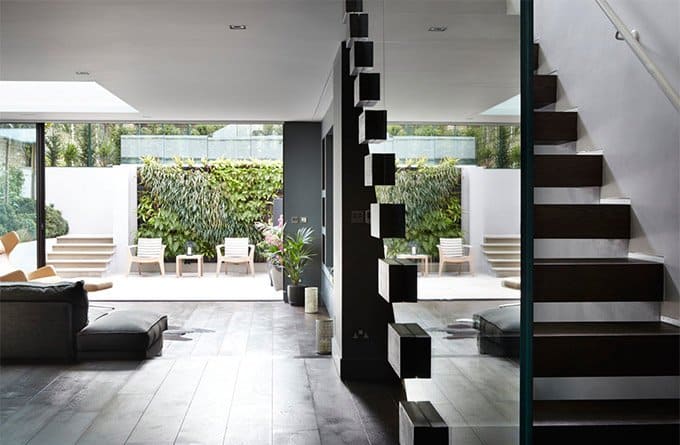BLOG
INTERESTING STUFF
THAT CAUGHT OUR EYE
How Can You Measure the Value of a Home?

Architecture is half art and half business, and you have to be good at both to succeed. An architect must be able to master the constant tension between the artistic value of the design, the value of the transaction itself and the final market value.
It all starts with understanding a client’s priorities. If someone wants to improve their home while keeping costs low, our design process will be geared towards maximising the efficiency of the space rather than adding square feet. Value here comes from how liveable the home is rather than just how big.
On the other hand, clients prioritising the investment potential of their home often want to find ways of expanding the square footage as floor space is the go-to figure in estate agent valuations. Inspiration often comes from down the road, where a string of extensions shows that the market value of their street is on the rise and they don’t want to be left behind.
Of course, different markets value different things. International buyers, for example, tend to want homes that are quintessentially British on the outside but cutting edge contemporary on the inside, while the small but discerning listed buildings market looks for homes that are tastefully and respectfully preserved.
Fulfilling the financial objectives of our clients is made far easier by our partnerships with property finders such as Leonora Wollner, quantity surveyors such as Rob Cole and market experts such as Jeremy McGivern, plus many more specialists and consultants.
Once we move away from the commercial aspect of a build, value becomes fluid. One client will spend whatever it takes to get natural stone counters in the kitchen, while another would spend that money on a bespoke stairwell. Extravagances such us underground swimming pools and sports car display rooms aren’t built to tick an estate agent’s box, they’re built to make dreams become reality.
Then there are the clients who have a true passion architecture and place tremendous value on the artistic merit of the structure itself. The objective becomes more than home design but creating a monument of their self expression that can live on for generations. This is where our collaborative concept stage truly shines, as clients who may not have architectural skill still find a way to express themselves through us.
Such projects are why I love contemporary architecture. It’s a concrete snapshot of this era and history will decide whether it’s worth preserving. The best houses built today will be appreciated for their historic value in a hundred years or more, the same way we look fondly on the Victorian and Edwardian architecture that lines our streets, or how Art Deco was the height of newness in the 20s and 30s but is now an artefact of its era.
Can this highly personal, subjective value translate into monetary value? In our experience, it does. A truly unique home built to the highest standards has a wow factor that’s especially attractive in the high end market, where people are looking for homes that make a statement – as they have since the days of country manors – but don’t necessarily want to put the work into doing a new build themselves.
So before you make a start on your extension, renovation or new build, ask yourself what is most valuable to you. Money? Luxury? Expression? If you’re not sure, our intimate design process will help you figure it out and give you the confidence to pursue your goals.
